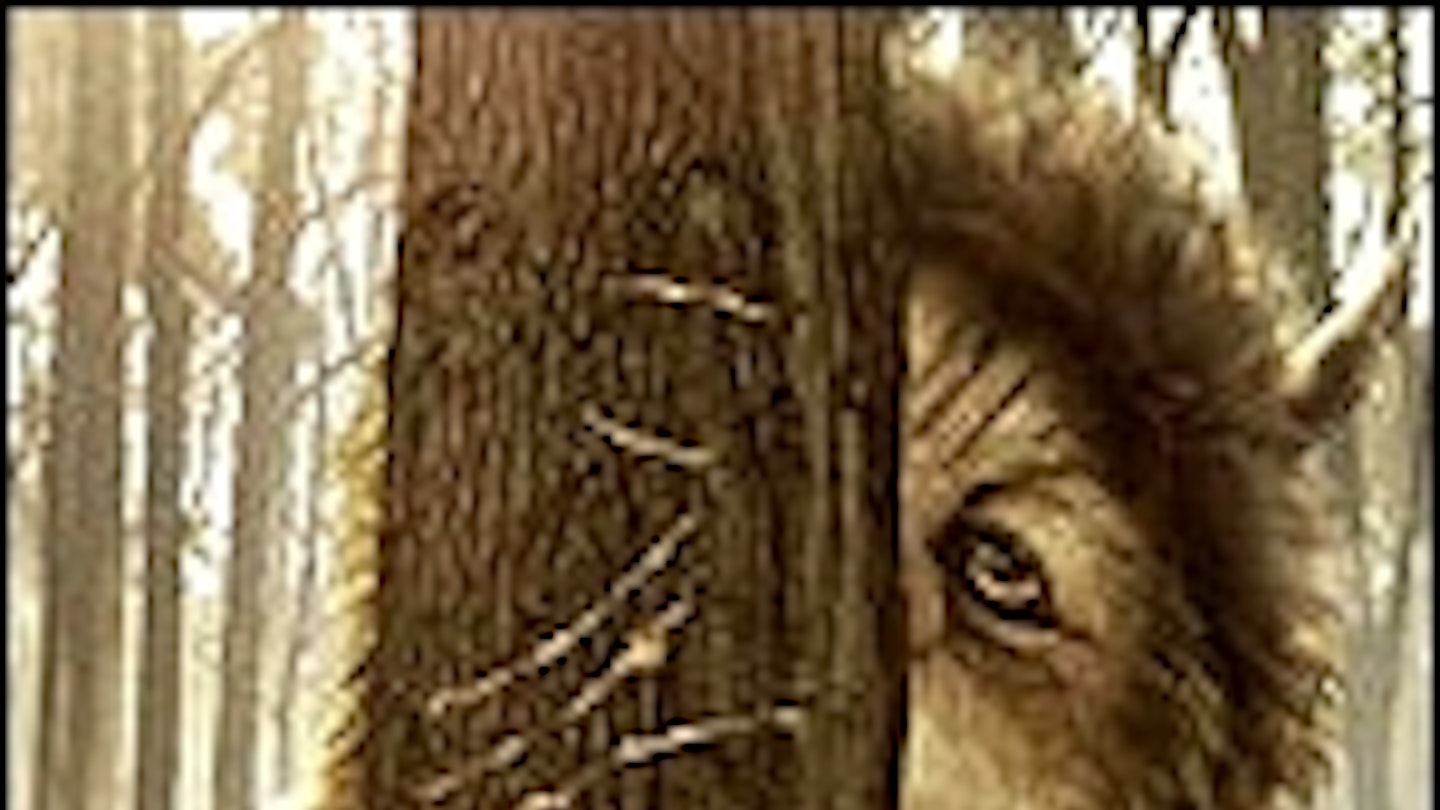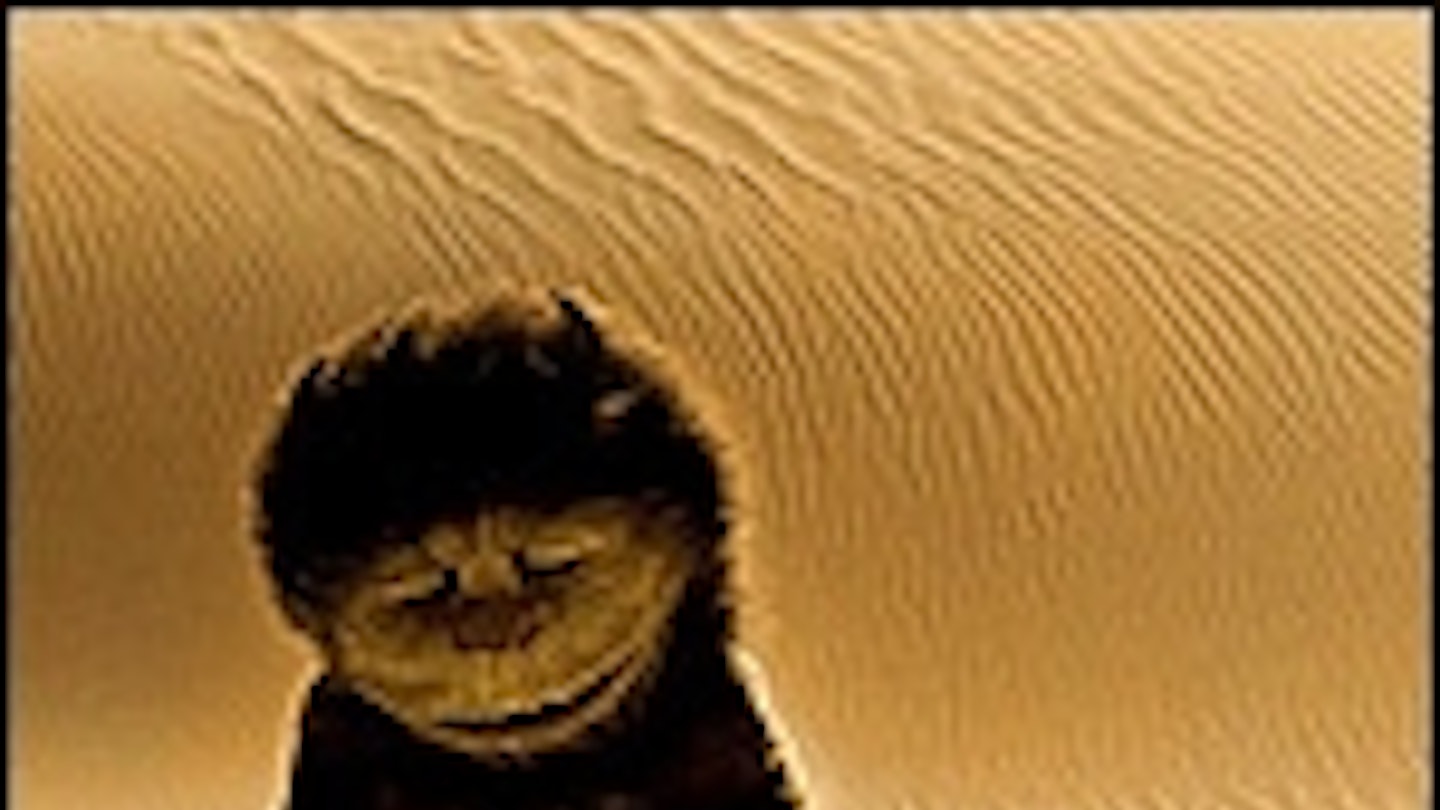Maurice Sendak’s Where The Wild Things Are is a classic among bedtime-story books. With its minimal plot, lush, cross-hatched illustrations, menagerie of monsters and the odd, compelling cadence of its poetry (“... and he sailed off through night and day/and in and out of weeks/and almost over a year...”), it not only absorbs adult reader and child listener, but also leaves plenty of elbow room for the imagination. It’s a cliché and an error to describe a book, even one so beloved, as being ‘unfilmable’, but any filmmaker approaching this material was in serious danger of either treading with such care as to render their adaptation flimsy and irrelevant, or impose elaborations with such rigour they’d have been in danger of alienating the millions who grew up with — or are currently growing up with — Sendak’s original.
The fact that the eventual movie, and boy did it take its sweet time, earned respectable (if not thrilling) box office in the States, despite reports of studio tussles and bawling kids at test-screenings, confirms that Spike Jonze trod with sufficient tact between the two extremes. And it’s to his (and co-writer Dave Eggers’) credit that it’s easier to bemoan what he left out than criticise what he added in.
So don’t be too disheartened when you realise you’re not going to see a forest grow in Max’s room, even if the trompe-l’oeil dissolution of his bedposts into tree-trunks is the book’s most outstanding image. And don’t bristle too much when an aggravated sea monster fails to rear up beneath Max’s little yacht as he approaches the island. Such moments would have made great sequences, but in all probability they’d have stuck out like sore paws in Jonze’s movie.
Because it’s not an actioner. Nor, in the conventional sense, an adventure picture. In fact, it’s not really even a children’s film. And, while there’s astounding VFX in most scenes, you won’t even notice they’re there. The film’s entirely lacking in chase scenes, winky pop-culture references or, most thankfully, any physical manifestation of external jeopardy (baddie monsters, a watered-down Dr. Moreau figure, greedy humans drilling for oil on Wild Thing Island...). This may put some off, but Where The Wild Things Are is, instead, a plotless, bittersweet mood-piece that laments the inevitable passing of childhood.
But honestly, what did you expect from a director whose last book adaptation was Adaptation, and whose debut saw a ponytailed John Cusack climb inside John Malkovich’s brain? Monsters and show tunes? Jonze has managed to embrace Sendak’s story so tightly he’s absorbed it entirely, then reproduced it as a personalised chamber-piece, his own genetic material indistinguishable from that of Sendak’s Max. Thus the boy, played with uncanny naturalism by new discovery Max Records, becomes the product of a broken marriage, standing on the verge of adolescence but afraid to jump, as if childhood itself is protecting him from a world where the love of his parents for each other has decayed, where his once- loving elder sister is now cold and distant, and in which, as one of his teachers puts it, everything eventually dies — including the sun. Except, instead of hooking up with the Jackass crew and falling off skateboards as Jonze did to preserve his juvenilism, Max conjures up the Wild Things.
As conjured by Jonze and Eggers, Sendak’s iconic creatures are reconceptualised as a gang of kids (albeit kids undergoing a midlife crisis) consumed by child politics — meaning they’re fiercely conservative, to the extent that one of their number, KW (voiced by Six Feet Under’s Lauren Ambrose), has threatened the very fabric of their world by going off and making new friends.
It doesn’t take Freud to spot that, to some extent, they each represent aspects of Max’s personality at a time when he’s starting to realise the universe does not revolve around him. Lead Thing Carol (James Gandolfini) is Max’s creative passion, the unintentional fuel for his violent, pre-adolescent tantrums. As such, he’s closest to Max, but during the film’s darker turns, also the monster who presents the greatest physical hazard: the rage that threatens to consume him. KW, of course, is Max’s love for his mother and sister, the people who, given his absent father, make his world, and who he fears will abandon him. Judith (Catherine O’Hara) is his spitefulness, Ira (Forest Whitaker) his calm side, Alexander (Paul Dano) his insecurity, Douglas (Chris Cooper) his reason, and the unnamed bull his sadness. Paradoxically, the Wild Things are deeply human — right down to their mundane names.
The symbolism never swamps the emotion, thanks firstly to great work on the part of the voice cast, the cream of Indiewood character-actor talent, and to a knockout combo of Jim Henson Creature Shop costuming and digital face-work so subtle you barely notice it, but so effective you never question the creatures’ physical reality (one great touch is the way that Carol’s nose is perpetually snotty, something inspired by the fact that Gandolfini is a man who always sounds like he has a cold). Yet it’s a different kind of physical reality, the Wild Things being large but light, and nimble despite their burly physiques, like oversized cuddly toys. Or, indeed, children.
Small children, though, would do well to avoid going Where The Wild Things Are. This is a ten-years-and-up deal, too emotionally intense for rugrats. An opening sequence in which Max has his igloo stomped by his teen sister’s friends and then crumples into tears is keenly upsetting, while the increasing sense that Max could end up among the skeletal human remains lying among the ashes of the Wild Things’ camp engenders a throb of disquiet better absorbed by more seasoned souls.
Don’t think, however, that Jonze’s movie is all gloom. It’s also an out-and-out celebration of childhood. And, as filtered through Jonze’s nostalgia, that doesn’t mean lurid candy-cane-festooned twiddly-deeness. Rather, proper, dirty, rough outdoor play, where you get grit under your fingernails, and filthy great scabs on your scraped elbows. Where you build forts out of branches, play bundle and chuck dirt-clods at each other’s heads, running, screeching, howling, without a care in the world.
Appropriately, Jonze keeps the colour palette and lighting natural, with most of the shoot location-based. Nothing feels manufactured, and even though the seasons on Wild Thing island, not to mention its strange geography, are lyrically nonsensical (blossom drifts by one moment, snow falls another), the mood remains vividly autumnal. The wonderfully overwhelming sense you get is that the Wild Things’ world exists at the end of a summer holiday, where every second of play is desperately, sweetly savoured.







